Hot Press vs Cold Press Watercolor Paper
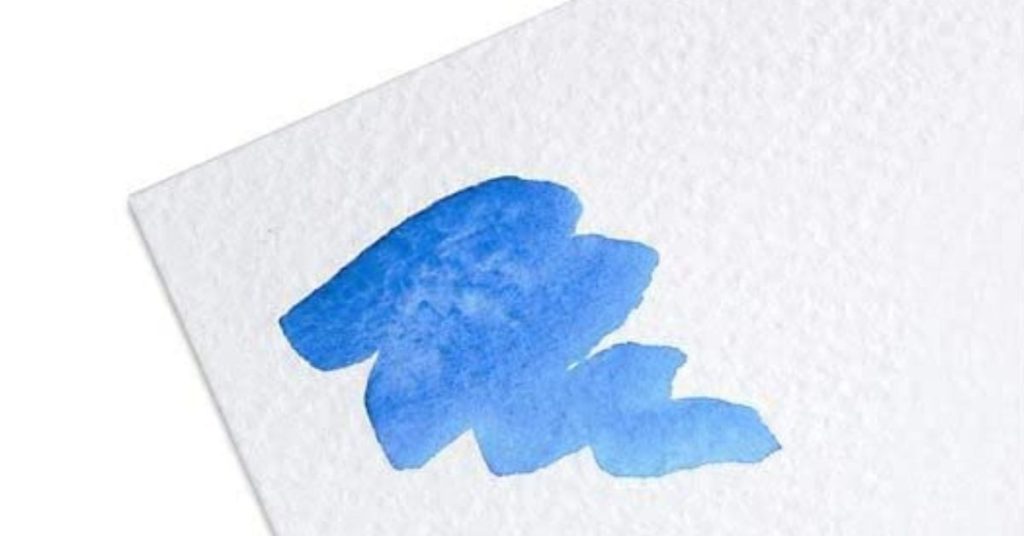
Are you an artist looking to add a new medium to your repertoire? Have you heard of Cold Press and Hot Press watercolor paper, but aren’t sure which one is right for you?
Choosing the appropriate type of watercolor paper can be daunting, but understanding the pros and cons of each will help make it easier.
When selecting any kind of art supply, whether canvas or paintbrush, the quality matters.
The same holds true when choosing between Hot Press vs Cold Press Watercolor Paper- there are both advantages and disadvantages that must be taken into consideration.
By taking time to discover these differences, artists can decide which option suits their artistic goals best.
In this article, we’ll explore the benefits and drawbacks associated with using either Hot or Cold press watercolor papers.
We’ll also provide some helpful tips on how to select the perfect paper choice based on individual preferences. Get ready to dive deep into finding out the ins and outs of Hot vs Cold press!
- Hot Press vs Cold Press Watercolor Paper
- What Is Watercolor Paper?
- Types Of Watercolor Paper
- Hot Press Vs Cold Press: Definition
- Benefits Of Hot Press Watercolor Paper
- Disadvantages Of Hot Press Watercolor Paper
- Pros Of Cold Press Watercolor Paper
- Cons Of Cold Press Watercolor Paper
- What To Consider When Choosing Between Hot And Cold Pressure?
- Tips For Working With Both Hot And Cold Pressure Paper
- The 5 Best Brands Of Hot And Cold Pressed Watercolor Papers
- Different Textures Produced By Using Either Hot Or Cold Pressed Papers
- Final Thoughts on Hot Press vs Cold Press Watercolor Paper
What Is Watercolor Paper?
Watercolor paper is like a canvas, just waiting to hold the strokes of an artist’s brush. It’s the foundation for your masterpiece, where you can showcase your artistic talent and create something beautiful.
There are two main types of watercolor paper: hot press watercolor paper and cold press watercolor paper.
Each type has its own unique qualities that will determine how vibrant or delicate your work looks when it’s finished.
So before grabbing a brush and starting to paint, it’s important to understand what each type offers so that you can select the one that best suits your needs.
With this knowledge in hand, you’ll be well on your way to creating something extraordinary!
Types Of Watercolor Paper
Knowing the types of Watercolor Paper is an essential component in the art of painting with watercolor.
Hot press and cold press papers offer a variety of unique qualities to choose from when selecting which paper is best for your project.
Hot press paper has a smooth finish, while cold press paper offers more texture with its slightly raised surface.
Both hot and cold presses have their own pros and cons that will affect how you use them in different projects.
Pros and Cons of Hot Press Watercolor Paper
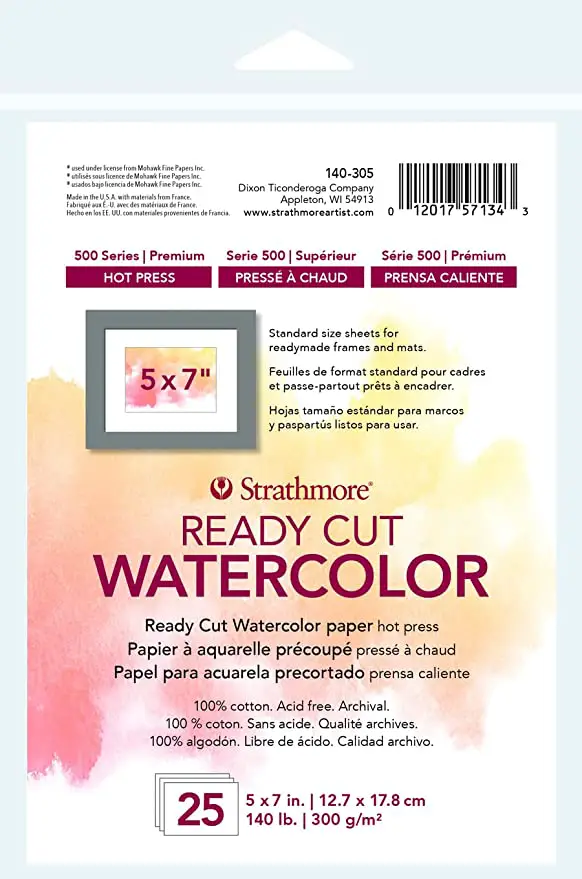
- Hot press watercolor paper is very thick and easier to control than other types
- Absorbs less paint, reducing chances of smudging and running colors together
- Lacks texture, making it difficult to blend multiple colors smoothly
Pros and Cons of Cold Press Watercolor Paper
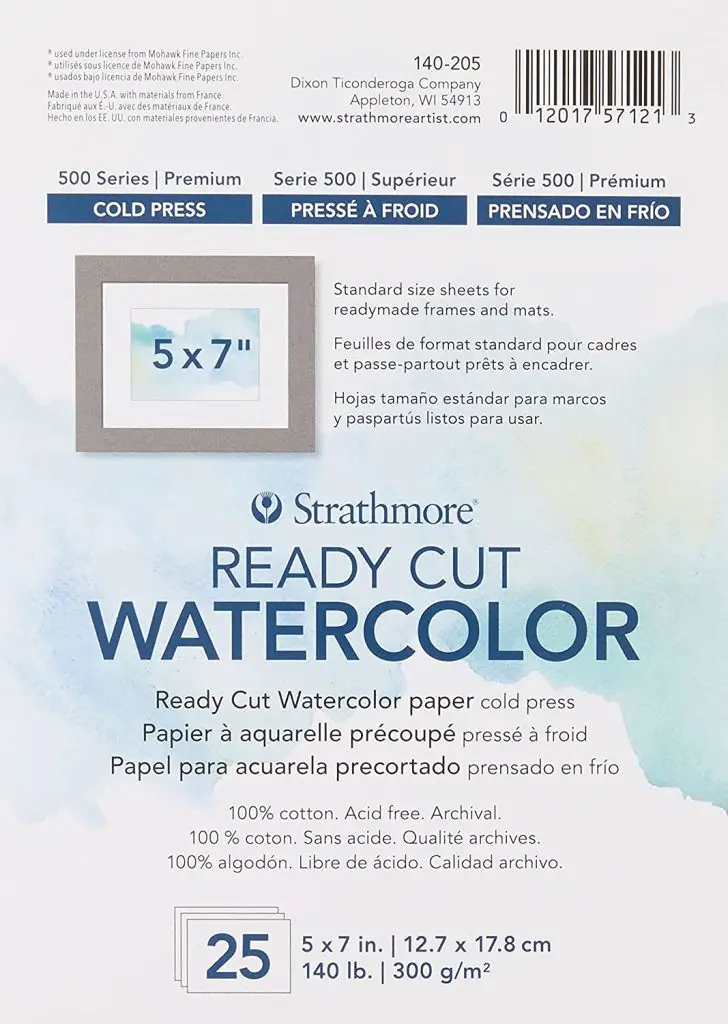
- Cold press watercolor paper can provide a great amount of variation for painting
- Creates interesting textures due to its uneven surface, keeping pigments separate and drying faster
- Allows more freedom in exploring various techniques such as wet-in-wet washes
- Requires extra care during handling as it can be fragile and prone to wrinkles
The decision between using hot press vs cold-press watercolor paper ultimately depends on what effect you want to achieve in your artwork.
Both have distinct advantages but may require some experimentation before settling on either option!
Hot Press Vs Cold Press: Definition
Now that you’ve got an idea of the types of watercolor paper available, let’s dive into a comparison between hot press and cold press:
- Hot press paper is smooth with an even surface and does not have a texture or ‘tooth’
- Cold press paper is made from two sheets of paper pressed together, giving it a unique ‘toothy’ effect – making it ideal for painting landscapes and other artworks
- Hot press paper is less absorbent compared to cold press paper and is best suited for detailed work
- Cold press paper absorbs more color, making it possible to achieve beautiful painterly effects when using wet-on-wet techniques
With these pros and cons in mind, both forms of watercolor papers offer great benefits depending on your artistic needs. It all boils down to choosing the right type for your project!
Benefits Of Hot Press Watercolor Paper
Beautiful and bold, hot pressed watercolor paper creates a stunning surface for artists of all stripes.
Hot press vs cold press is an important decision when selecting the right type of paper for your project.
As with any material, there are pros and cons to hot and cold press papers – but let’s first explore the benefits of using hot press watercolor paper:
- Offers more control over color saturation
- Smoother texture allows for even washes and precise detail work
- Does not need to be stretched prior to painting, saving time and energy
- Allows for more time to create art
Disadvantages Of Hot Press Watercolor Paper
Despite the many advantages of hot press watercolor paper, there are some drawbacks to consider:
- Smooth surface may be too uniform for certain techniques and styles of painting
- Even texture does not always allow artists to create unique textures or effects in their paintings, limiting creativity and expression
- Paint dries quickly on hot press surface compared to cold press paper
- Mistakes have less time to be corrected before drying up completely
- Inexperienced painters often struggle with making corrections on hot press surfaces due to the quick drying process
These disadvantages must be taken into consideration by any artist considering which type of watercolor paper best suits their needs and style of painting.
Now from these disadvantages to the pros associated with cold press watercolor paper – let us explore what this option has to offer.
Pros Of Cold Press Watercolor Paper
Here are some pros of cold press watercolor paper:
- Cold press watercolor paper is beloved for its texture and versatility
- The bumps and ridges on the surface offer subtle detail with each brush stroke
- Higher absorbency allows for multiple layers of color without pigment running into one another
- Grainy texture provides grip and control when manipulating tools
- Thicker than hot press paper, able to support heavier amounts of pigment without buckling under pressure
- Ideal for larger-scale artwork or those featuring intricate detail
Cons Of Cold Press Watercolor Paper
Despite its many advantages, cold press watercolor paper also has a few drawbacks.
- Notable issue: paper fibers are bumpy, making it difficult to achieve a smooth finish when painting
- The uneven texture is caused by the manufacturing process using pressure and heat to create ridges on both sides of the sheet
- Certain techniques may not work as well on this type of paper
- Cold press watercolor paper tends to be more expensive due to its heavier weight and rougher texture
- Bumps in the paper are an inherent part of its design, some artists find them distracting
Ultimately, when choosing between hot and cold pressure watercolor papers for your artwork there are several factors you should consider – from cost and technique to personal preference.
What To Consider When Choosing Between Hot And Cold Pressure?
It’s estimated that over 80% of watercolor painters prefer to use hot press paper when creating their art.
- Hot press paper:
- Smooth surface for precise brushstrokes and detailed artwork
- Quick absorption rate for vibrant color saturation
- Lack of texture or ‘tooth’ for lifting off pigment
- Cold press paper:
- Slightly rough texture for creative techniques such as blending and lifting pigments
- Slower absorption rate for easier manipulation of wet paint
- Increased tooth may make fine details difficult
In short, both options have their advantages and drawbacks depending on what kind of project you’re working on – whether you need intense detail or special effects like lifting color from your painting surface.
Tips For Working With Both Hot And Cold Pressure Paper
When working with hot and cold press watercolor paper, it’s important to understand the pros and cons of each.
- Hot press is smoother in texture than cold press, making it ideal for detailed work like lettering or precise brush strokes; however, it can be difficult to manipulate wet washes on this type of paper
- Cold Press has a more textured surface that allows for easier manipulation of wet washes but is slightly harder for detail work
- The key to taking advantage of both types of watercolor paper lies in knowing when and how to use them properly; for example, if you’re looking to do fine details then hot press would be best, and if you need more control over manipulating color values then cold press might be a better choice
- Ultimately, whether you choose hot or cold pressure depends on what you’re trying to accomplish!
The 5 Best Brands Of Hot And Cold Pressed Watercolor Papers
There are many brands of high-quality hot press and cold press watercolor papers available on the market today.
Some popular brands include Arches, Fabriano Artistico, Arteza, Strathmore, and Canson.
Each brand offers its own unique characteristics such as size, weight, absorbency rate, and color selection.
So take time to explore these options before making your decision so you can get the best results from your project!
1. Arches Watercolor Block
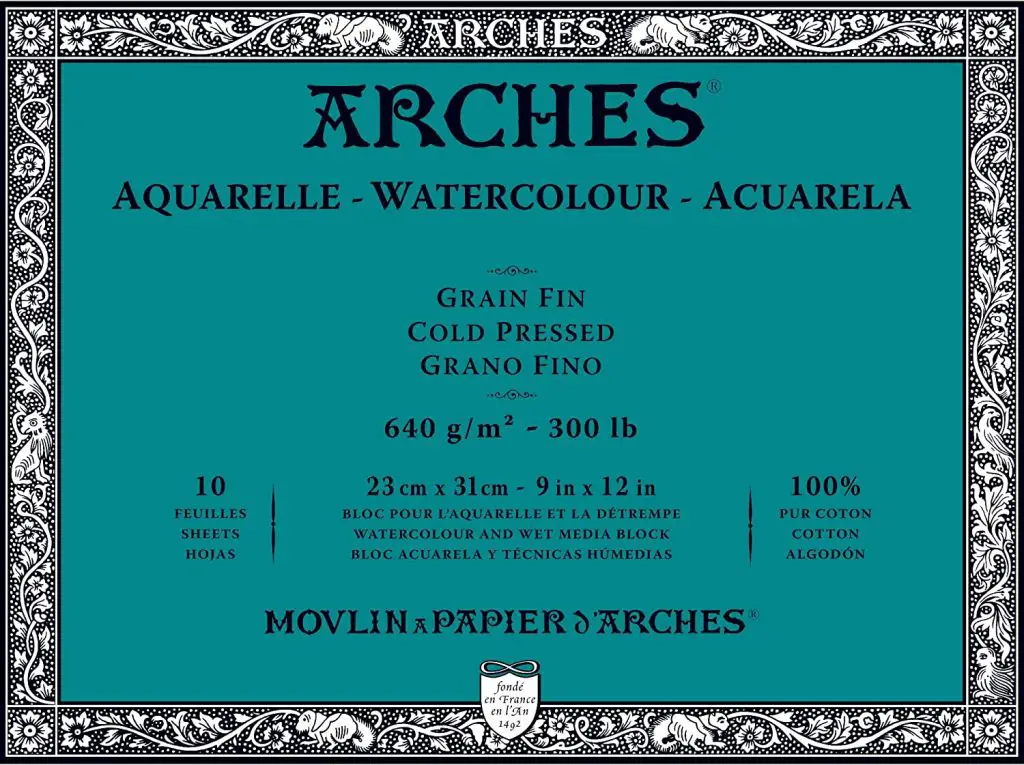
2. Fabriano Studio Cold Press Watercolor Pad
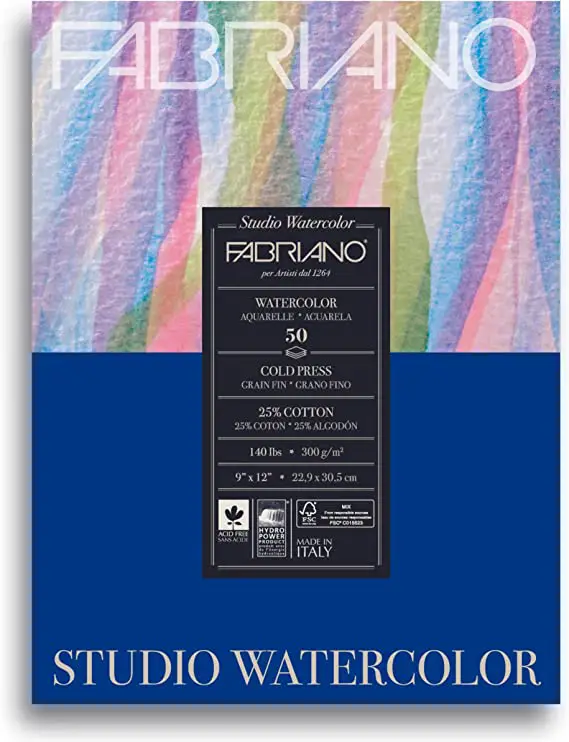
3. Strathmore – Watercolor Paper Block & Pad
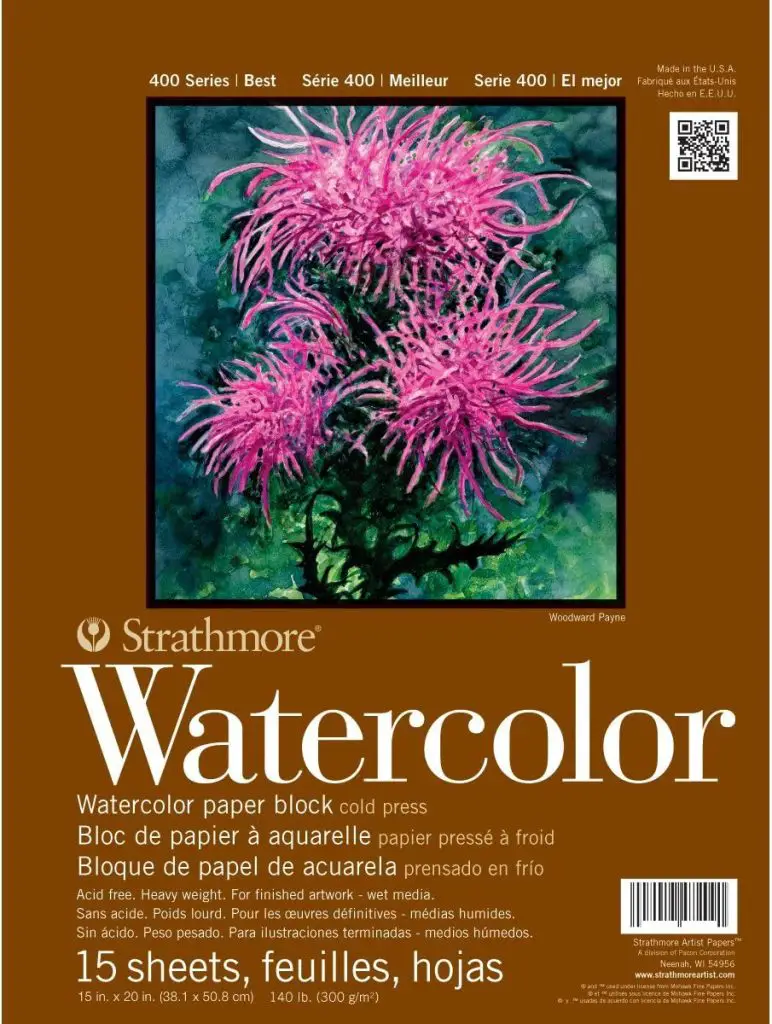
4. Canson XL Series Watercolor Textured Paper
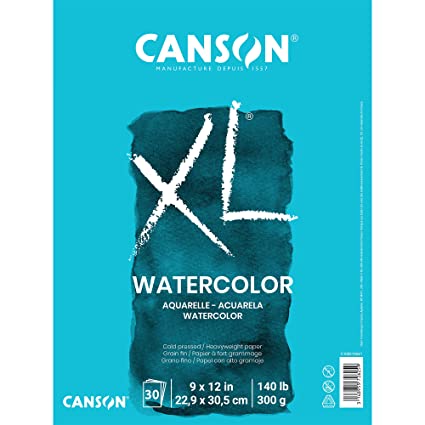
5. Arteza Watercolor Pad
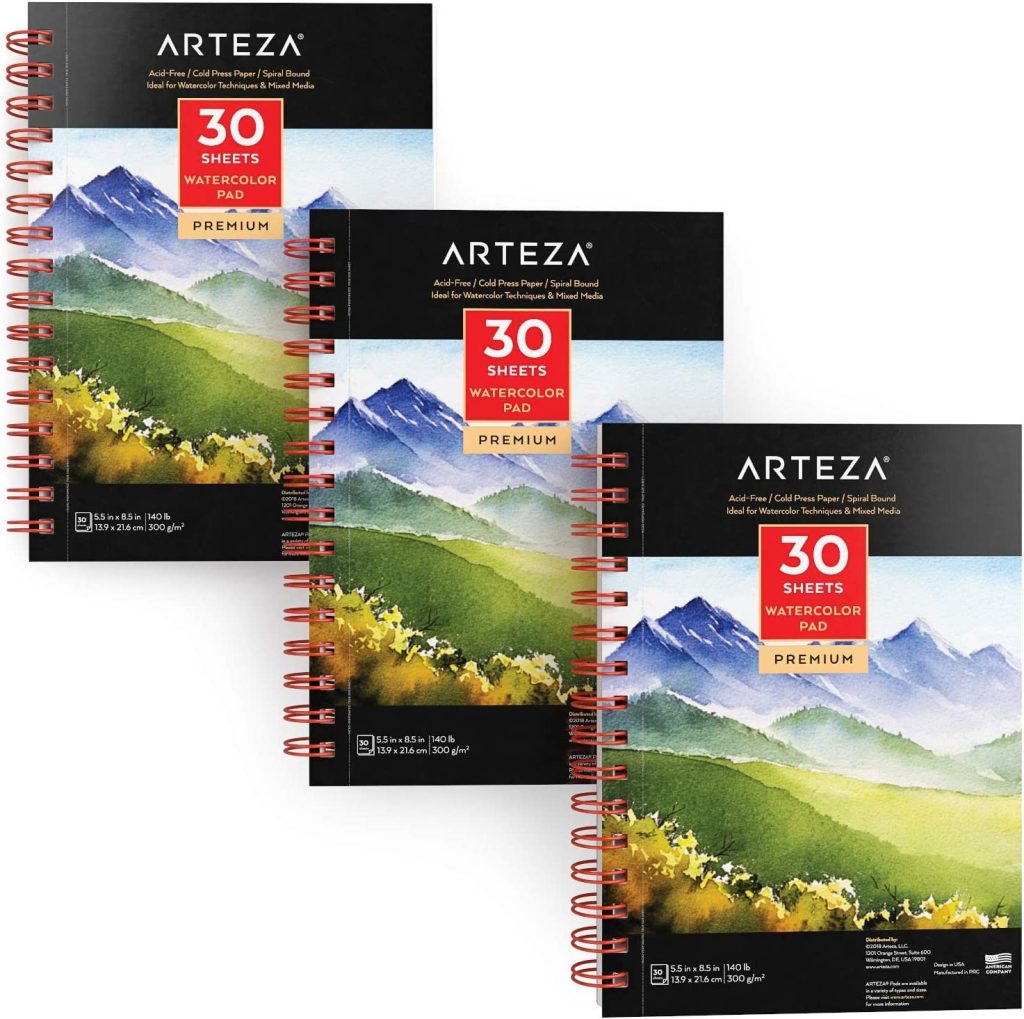
No matter what kind of paper you decide to use in your art projects – whether it’s hot press or cold press – there are several factors to consider including cost, availability, and personal preference when selecting the right one for you.
With this information in mind, artists can create stunning works with amazing textures produced by using either hot or cold pressed papers!
Different Textures Produced By Using Either Hot Or Cold Pressed Papers
Have you ever wondered what it would be like to have the perfect texture of paper for your watercolor art? You’re in luck! Hot-pressed and cold-pressed papers offer two distinct textures that can make any painting project a success.
Cold press is usually more textured than hot press, since the surface of this paper has been compressed with a special machine during its production process.
The cold-pressed paper provides an interesting surface for artists who want to experiment with different effects and techniques.
The slightly ridged surface allows for excellent color absorption and blending, as well as providing plenty of tooth for heavier applications layering and washes.
On the other hand, the hot-pressed paper has been flattened using heat and pressure which creates a very smooth finish without much tooth at all.
This type of paper won’t absorb paint easily so it’s best used when doing consistent wash layers or flat sections where precision is paramount.
Artists also find that they get better results if they use this kind of paper when working on detailed illustrations.
Both types of paper have their advantages and disadvantages, but ultimately it comes down to personal preference – whichever one suits your style best will be the right choice for you!
Final Thoughts on Hot Press vs Cold Press Watercolor Paper
In conclusion, hot and cold-pressed watercolor paper has its own unique benefits and drawbacks.
Hot press is best for detailed work since it has a smooth surface, but the lack of texture can make artwork look flat.
Cold press provides more texture to add dimension to your painting, but it isn’t ideal for very precise brushwork.
Whichever type you choose, be sure to use paints that are designed specifically for watercolor paper such as acrylics or gouache.
There are many brands of hot and cold pressed papers available on the market today so take some time to explore them all and find the one that works best for you!
Painting with either hot or cold press watercolor paper is like going on an adventure – you never know what kind of masterpiece you’ll create at the end!
With its varying textures and effects, each sheet will become a beautiful surface waiting to be explored by your imagination.
Let yourself get lost in this creative process and let the colors do their magic!




Leave a Reply